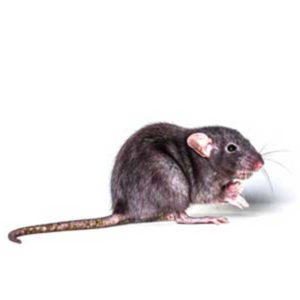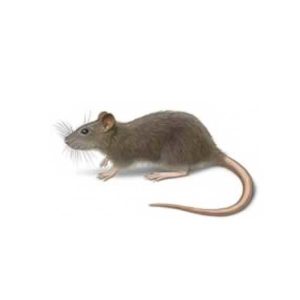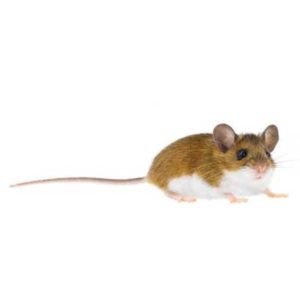House Mice in Eastern Tennessee
The house mouse is found across the United States and ranks as the number one rodent pest in most cities. House mice are commensal, meaning they are generally found living in close association with humans and dependent upon the human habitat for shelter and food. House mice thrive throughout the year and can be found in homes, commercial buildings, open fields, and agricultural lands. They contaminate food meant for humans and pets as they forage, dropping feces and urine along the way. House mice cause considerable damage to structures by chewing through walls and transmit pathogens that cause diseases like salmonella, a form of food poisoning.
House Mouse Habitat
Outdoors, house mice construct nests in fields and beneath trees and shrubs. Indoors, mice will build nests in quiet undisturbed places like wall voids, kitchen cabinets, attics, and garages. Droppings, fresh gnaw marks, and tracks or rub marks indicate areas where mice are active. Nests are made from finely shredded paper or other fibrous material, usually in sheltered locations. House mice have a characteristic musky odor that reveals their presence. Mice are active mostly at night, but they can be seen occasionally during daylight hours.
House Mouse Behaviors, Threats, or Dangers
The house mouse is omnivorous but prefers grains and cereals. House mice contaminate food and are implicated in the transmission of diseases such as salmonella and bubonic plague. The house mouse can cause significant damage to structures by gnawing and tunneling through walls. Mice have also been implicated in the generation of fires and explosions in homes and buildings. Chewed, exposed wires inside walls can spark, causing interior walls to catch fire.
If you have a house mouse infestation on your property, always contact a licensed rodent control company.
Need help with House mice?
We'll call you! Leave your information below.



